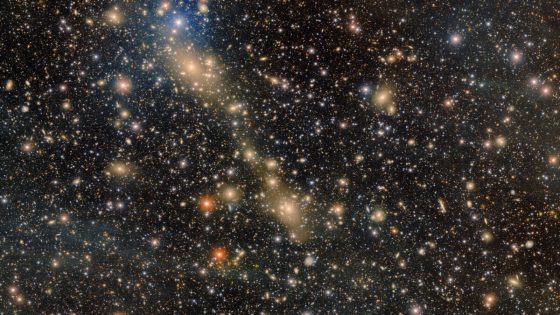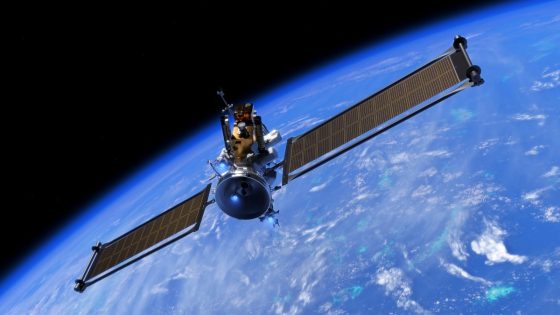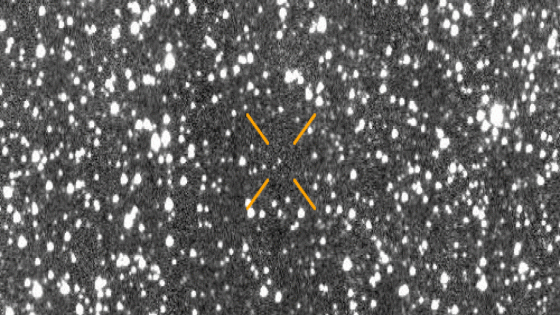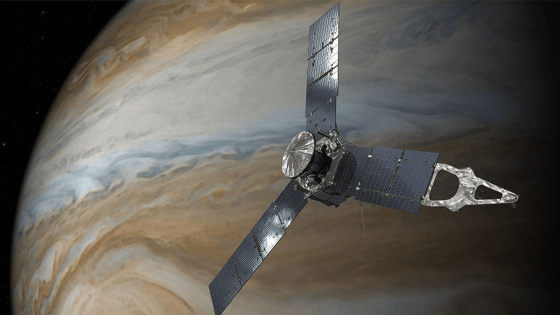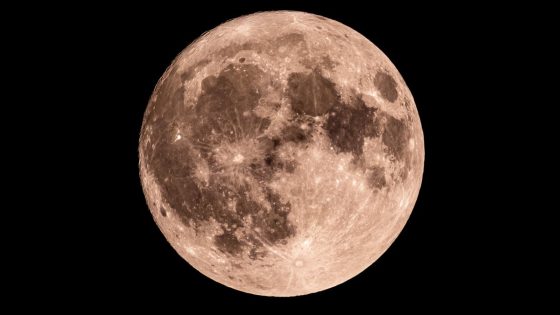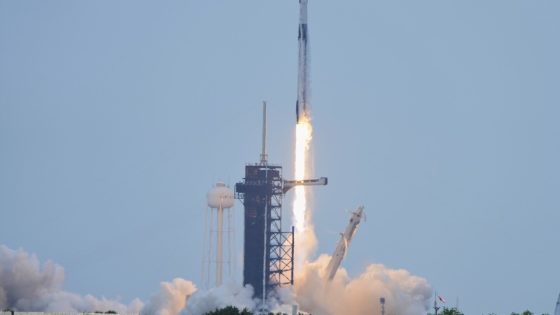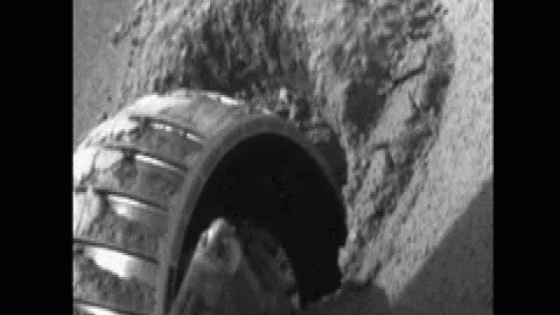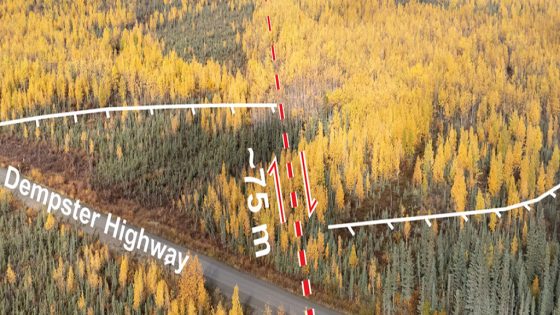Recent advancements in deep space observations have unveiled the intricate beauty of the cosmos, with astronomers capturing the deepest-ever images of Abell 3667. This massive galaxy cluster, located 700 million light-years from Earth, reveals countless tiny dots that are actually entire galaxies. On 2025-08-06 01:05:00, researchers published their findings in The Astrophysical Journal Letters, shedding light on the past interactions of these celestial giants.
- Deepest images of Abell 3667 captured
- Evidence of past galactic interactions found
- Intracluster light reveals galaxy cluster history
- First optical evidence of galaxy mergers
- Rubin Telescope will enhance future observations
- Humans' cosmological insignificance emphasized further
The team, led by Brown University astronomers, documented a rare moment during a merger of two of Abell 3667’s brightest galaxies. This stellar union created a bridge of stars, generating gravitational bursts that pulled stray stars from surrounding galaxies, resulting in a phenomenon known as intracluster light (ICL). This research offers the first optical evidence supporting the theory that Abell 3667 formed from a rapid merger of two galaxy clusters.
This discovery raises intriguing questions about the evolution of galaxy clusters. How do these interactions shape the cosmos? The findings suggest significant implications for our understanding of galaxy formation and evolution. Key points include:
- Intracluster light offers insights into past galactic interactions.
- This is the first optical evidence for the rapid merger theory of Abell 3667.
- The Rubin Telescope will enhance future observations of similar phenomena.
As we look forward, the capabilities of the Rubin Telescope promise to revolutionize our understanding of the universe, providing even clearer insights into the intricate dance of galaxies.



